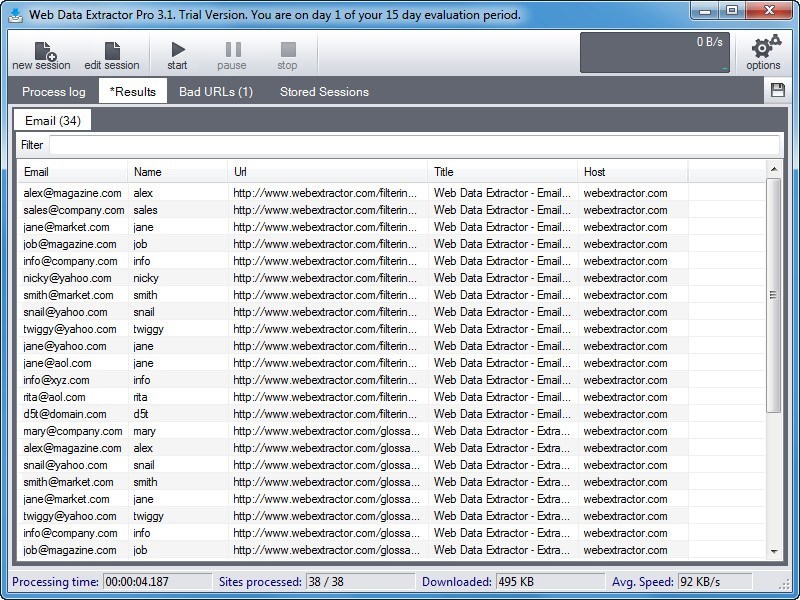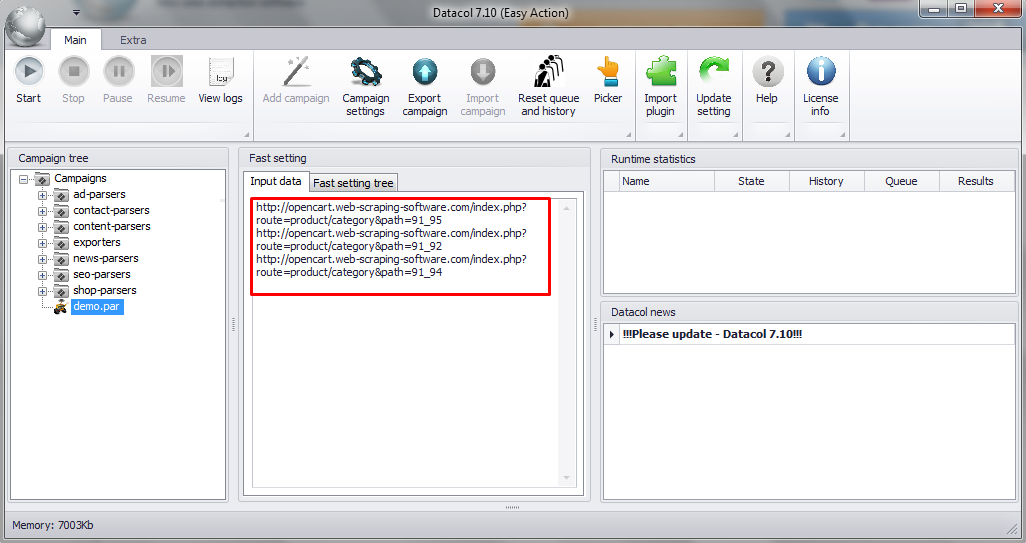

Start InDesign, and choose Edit > Find/ChangeĢ. The procedure below will allow you to quickly search for all URL's (Web addresses) in your text, and format them as non-breaking, or blue, or whatever formatting you wish.ġ. I recently developed the following GREP string for a client, and thought I'd share it here, hoping you might find it useful or educational.

GREP searches are great for making a computer recognize complex patterns. His company advises clients in a variety of business and technology areas.In a previous Blog entry I wrote about the GREP search capability in InDesign CS3. Rob Reilly is a consultant, trend spotter, and writer. That’s especially true as the Linux desktop continues to march into the office world. SQL, XML, and RSS are all the buzz today, but the lost art of screen (Web) scraping still has a useful place in today’s business environment. Understanding Wget, grep, gawk, and sed will help you make adjustments and retrieve the right data. This technique is great for spanning multiple pages and even multiple sites. Use it to your advantage by putting in your search text and using the generated URL with the Wget command. Once it executes, all you need to do is finish up creating the graph in Calc. Sed 's* ** s*page views)**' tmp2.txt > output.csvĬhange the permission on the file to 744 and run it: You want to extract the article name (field 1) and page-view number (field 3) and direct the output to tmp2.txt: Looking at tmp1.txt, you can see that a line is separated into parts using the “(” character. Next, grab the required fields using gawk, a pattern-matching tool that can also format the text output. > grep ' ' index-demo.htm > tmp1.txt Redirect the output to tmp1.txt for use in the next step: Looking at the index-demo.htm file, you can see that you can use tag and three non-breaking space string ( ) to pull the title and page-view numbers out of the file. Next, pull out the desired lines using grep, which is a text-search tool that finds lines matched by a string. Here, the -q option suppresses unnecessary command commentary:
#Url extractor grep download
It can download a single page or a whole site recursively.įor this example, I want to download the index-demo.htm page and save it in the local directory. In this case, I’m using Calc, but you can use others.įirst, download the page using GNU Wget, a command-line Web-page grabber that features an impressive selection of options. You’ll use several command-line programs to manipulate the data into a form that you can import right into an application.
#Url extractor grep how to
Part 2 - How to use Open Source tools to help market yourself Personal branding for IT professionals - Part 2 ( on IT Managers ) (489,000 page views) Spice up your presentations with Impress ( on ) (652,000 page views) An interesting GUI program for 3D animation Using WireFusion for 3D animation ( on ) (103,000 page views) Also, note that I haven’t coded any wrapping into the title and page-view line. Assume that the page resides on a Web server.
#Url extractor grep code
I’ve kept the example HTML code simple, so you can see how the commands and techniques work. Take a look at this portion of the HTML code for the example page, named index-demo.htm. I added fictitious page-view numbers to the original data to give myself some numerical information to work with. I created a demo Web page using a subset of my actual home page. As your experience grows, you’ll see faster and more efficient ways to use the techniques.įor this example, I wanted see how my articles were doing with page views. Live Web pages can be complicated to scrape, and designing search strings can be challenging. However, if a Web page has 640 lines of useful data that you need to download once a day for the next week, automating the process makes a lot of sense.

Obviously, if you need only three lines of information, cutting and pasting is the best way to go. Here’s how you can use some Linux-based tools to get data.įirst, you need to decide what data you want and what search strings you’ll use to get it. Even if you don’t know how to access databases using a Web browser or use an RSS reader, you can extract information from the Internet through Web page scraping.


 0 kommentar(er)
0 kommentar(er)
